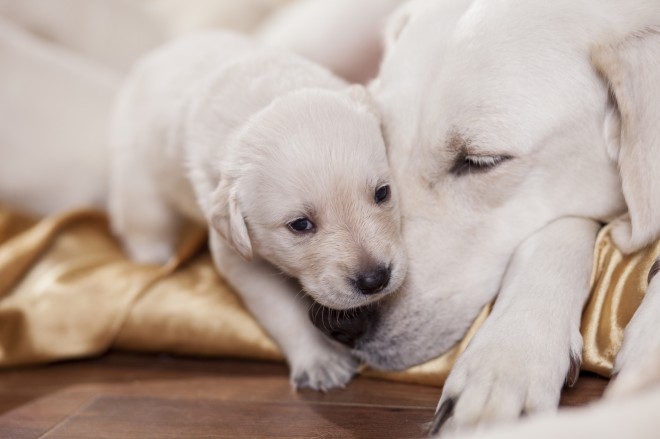The raw food pet industry is in full bloom.That is a wonderful thing because raw food can help your pet thrive in ways you could not imagine. A raw diet can help your pet get off insulin, heal their inflammatory bowel disease and we could go on for a week. But...before buying what you believe is a "balanced" diet for your pet, especially if it is your cat, you need to get just a bit educated. Cats and dogs have vastly different dietary needs. Feeding your cat raw food designed for a dog, (and many manufacturers will not make the distinction) can be harmful to your cat.
Therefore, when purchasing raw food for your kitty, (and we applaud you for doing that!) You do need to look out for a few things:
1.The Calcium and Phosphorous Ratio. Cats need a diet that is very precise in the bone to meat ratio. Calcium is found in bone, and phosphorous is found in meats and organs.The ideal range, or balance, for felines is 1.2-1.4 parts Calcium to 1 part phosphorous. Dogs, on the other hand do not have these requirements. Most raw food is targeted to dogs. Buying a "Balanced Raw" diet appropriate for a dog could cause harm to your cat. If the Ca/Phos ratio is not available on the website of the manufacturer, nor on the package you will have to email or call them. What you want is numbers. You want the result of the analysis they did. If they did not do an analysis of their mineral balances, I would not buy their food. The Ca/Phos ratio can cause damage to your cat if it is off.
2.Amount of Vegetable matter. Adding some vegetables to a feline diet is OK as long as it is a small percentage. 3-5% is OK. The food you feed should contain max 10% veggies. The percentage may not be available and you may need to contact the manufacturer. Garlic and onions can cause anemia in cats and should never be used. Tomatoes can exacerbate arthritis and most vegetables will raise the urinary pH which can cause urinary tract issues. Herbs should never be used long term and are frequently added to raw prepared diets.
3.Organ meats. Does the food contain organ meats and at what proportion? Feline diets should contain approximately 10% organ meats. Organs provide important vitamins and other nutrients vital for the cat.
4.Taurine. Taurine is an essential amino acid to the cat. Cats are unable to synthesize Taurine so it needs to be provided in the food. Mice are naturally very high in Taurine. A cat eating plenty of mice would be assured of their Taurine requirement. While all meats contain Taurine to some degree, handling and freezing the meat diminishes the amount. Some meats, like rabbit have a dangeroulsy low amount of Taurine while chicken hearts have a high amount. We recommend you add Taurine to ALL raw food you give your cat. A deficiency could cause blindness and fatal heart problems. Taurine is not only inexpensive, it is taste and odorless and can be added to the food at feeding without your cat noticing... 1000 mg per pound of meat is ideal.
Feeding your kitty a raw diet is absolutely ideal.You and she will love the results. Just make sure the food meats the requirements for a cat.

 Puppy Care - The Ten Top Rules To Teach Your Puppy
Puppy Care - The
Puppy Care - The Ten Top Rules To Teach Your Puppy
Puppy Care - The
 Breeding From Your Dog - Caring For The Dam After The Birth
Breeding From You
Breeding From Your Dog - Caring For The Dam After The Birth
Breeding From You
 Foods That Help Older Dogs Stay In Good Condition
Foods That Help O
Foods That Help Older Dogs Stay In Good Condition
Foods That Help O
 Ten Tips For Keeping Your Dog Calm And Comfortable On New Year’s Eve
Ten Tips For Keep
Ten Tips For Keeping Your Dog Calm And Comfortable On New Year’s Eve
Ten Tips For Keep
 German Shepherd - Subluxation and Other Problems of the Spine
German Shepherd - Subluxation and Other Problems of the Sp
German Shepherd - Subluxation and Other Problems of the Spine
German Shepherd - Subluxation and Other Problems of the Sp